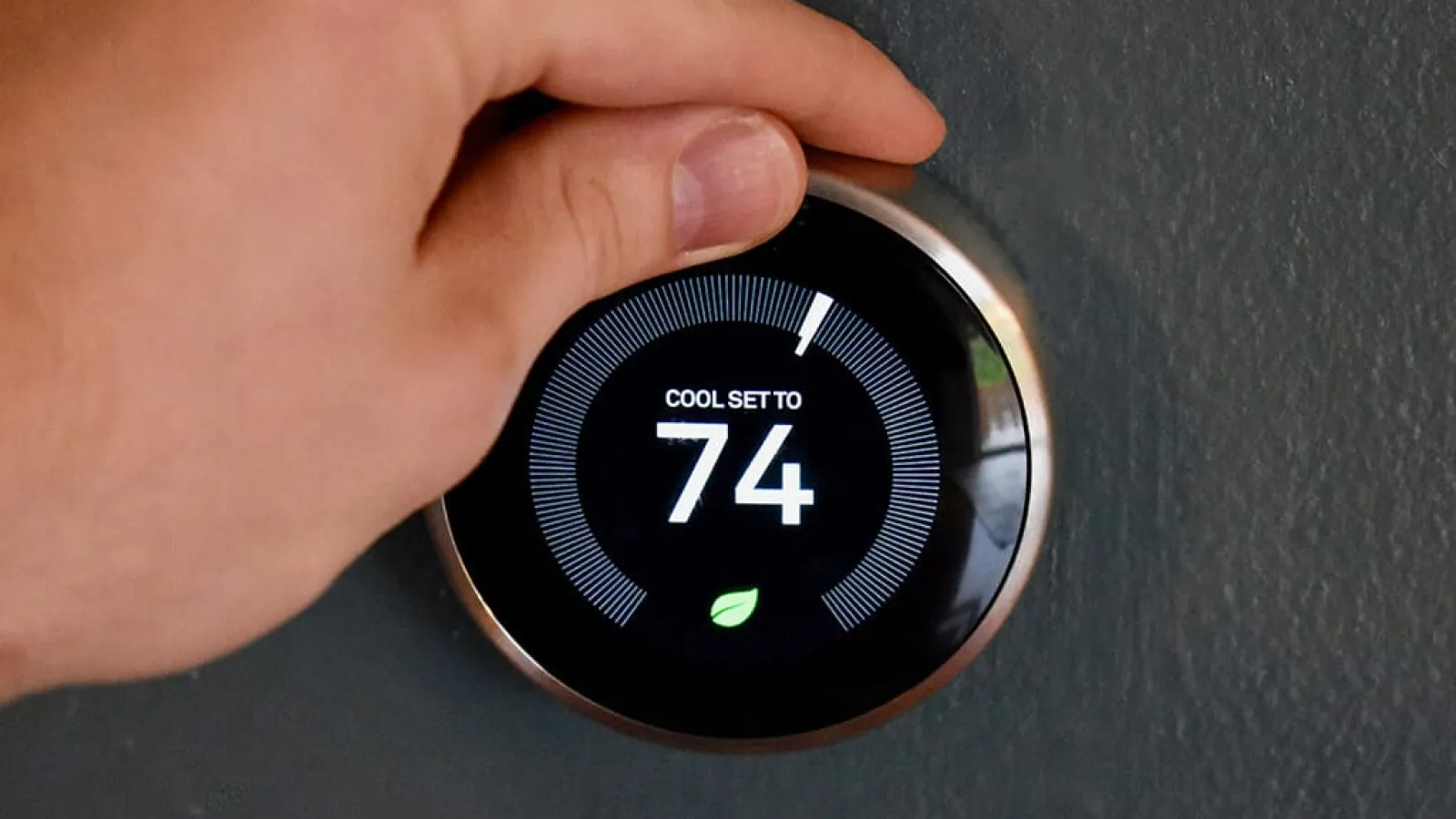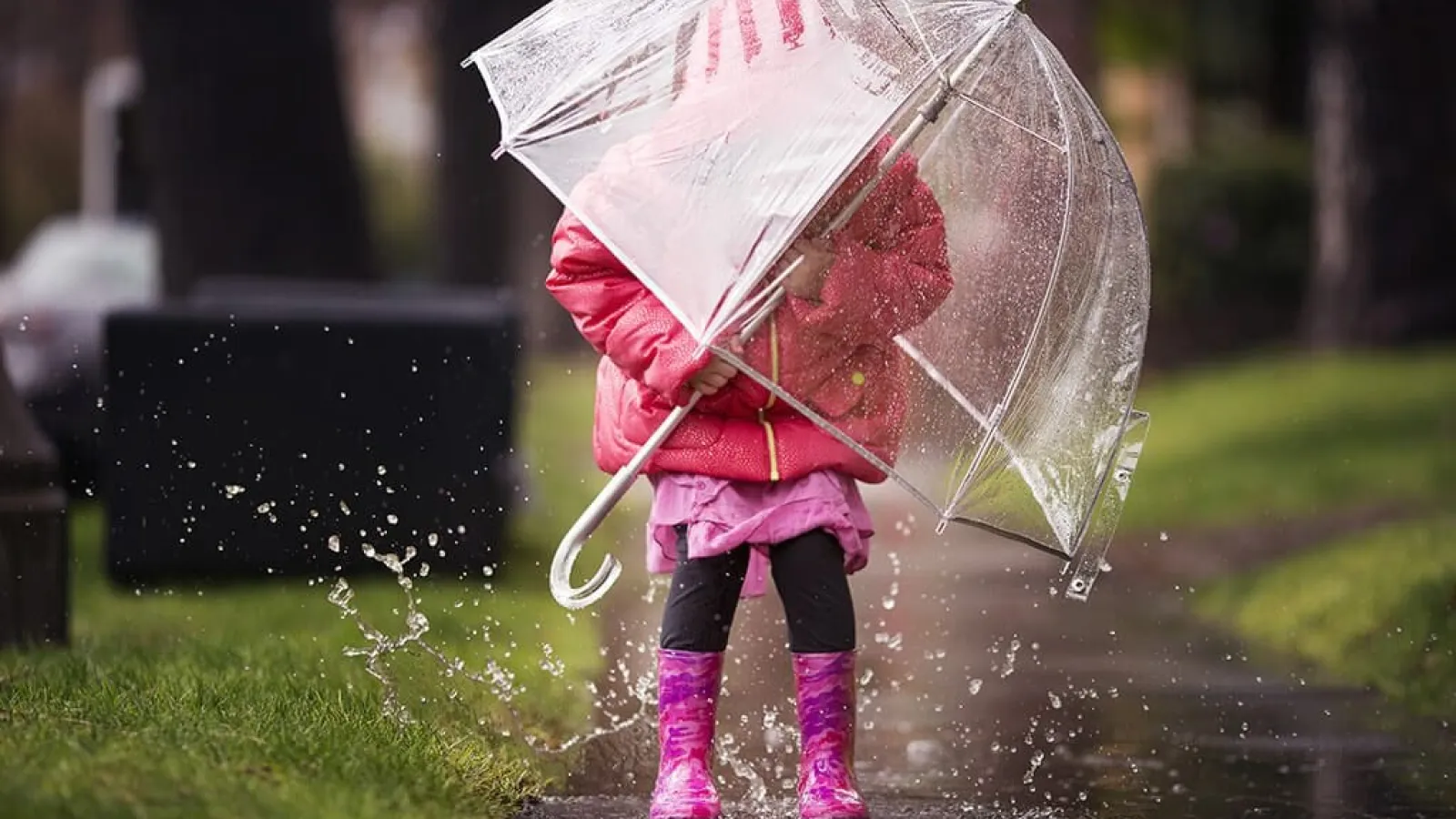Winter is finally on its way out - are you already thinking ahead about turning on the AC after winter ends? Take the time now to prepare your cooling system for warmer weather so it's ready to go when your family is ready for it.
Estes Services' NATE-certified Atlanta cooling specialists walk you through the right steps to take before turning on the AC after winter. Schedule your cooling system tune up with us now and beat the rush once temperatures start to climb!
What to Do Before Turning on the AC After Winter
To fully prep your cooling system, both indoor and outdoor system components require attention.
Indoor Air Conditioner Prep
While outdoor temperatures are still too cool for comfort, take time to address indoor system concerns before turning on your AC. With these steps out of the way, you have more time to enjoy nicer weather once it arrives.
Clean vents to improve indoor air quality: Over the winter months, constant airflow through your ducts and into your living areas leaves dirt, dust and other debris along your vents. When air circulates, dirt and dust are picked up off the vents and float around your air, then settle on the surfaces in your home.
This diminishes indoor air quality by increasing the airborne contaminants in circulation and spreading them, resulting in health issues and increased exposure to allergens. Regularly check and clean your vents and registers to eliminate any dust or dirt that has settled on them.
Inspect and seal ductwork: Your ducts need to be prepared for the job. Unfortunately, many homes throughout the Atlanta area lose as much as 30 percent of their heating and cooling energy through ductwork inefficiencies. Seal up problem spots you are able to see and call in your HVAC contractor for help sealing air deals where you cannot access.
Inspect all ductwork that is accessible in attics, crawlspaces and basements. You are looking for damage and feeling for air infiltrations to target your air sealing measures, which are common in these areas:
- Gaps between duct sections
- Tears in flexible duct
- Areas with existing duct tape
- Disconnected joints
- Fallen duct sections
Change your furnace filter: Help your air conditioner start the season off right when you check your filter and replace it prior to turning on the air. Filters may require more frequent replacement if you have pets indoors or the outdoor pollen count is especially high - check it monthly to determine if a new replacement furnace filter is necessary ahead of your regular schedule.
Your air filter quickly becomes clogged with contaminants removed from the home's indoor air supply during the winter and the start of spring. When the filter is full, it is no longer able to pull contaminants from circulation. Excess dust, dirt and debris settle inside your cooling system, which contributes to mechanical malfunctions and breakdowns if you're not in the habit of changing the filter on a regular basis.
Upgrade your thermostat: Spring is the perfect time of year to finally get rid of that old, inefficient thermostat - upgrade to a new programmable or smart thermostat and start off on the right foot for spring and summer. With today's technological advancements in the HVAC industry, a cooling unit is only as strong as the thermostat communicating and controlling it. When you invest in a programmable or smart thermostat, your home benefits from more even temperatures throughout every room and adapts easily to the rising temperatures outside.
Outdoor Air Conditioner Prep
After exposure to the wintry elements over the past few months, pay special attention to your outdoor unit before switching on the AC unit. This prep work focuses on clearing away natural accumulation to optimize airflow and inspection to ensure your outdoor condenser unit is unharmed after a period of pause.
Remove air conditioner covers: While optional, some Atlanta homeowners opt to use special air conditioner covers or even a sturdy section of plywood to cover and protect the unit during the winter. If you use these products, it is crucial that you remove them before switching on your AC unit.
Leaving air conditioner covers on once spring arrives is a common mistake that has the potential to cause severe damage to your cooling system. When you neglect to remove a protective cover from your air conditioner, before turning it on, you have essentially hindered it with a huge airflow barrier that blocks the unit - remember, we want to optimize airflow, not create a new burden.
If you forget to remove the cover and operate your air conditioner with it in place, this has the potential to cause significant system damage that requires costly repairs or even unit replacement. An air conditioner cover drastically restricts airflow through the outdoor condenser unit and the condenser coils within it, hampering its ability to transfer heat and cool the home. Your air conditioner will struggle to complete the cooling process and expend extra energy in an attempt to do so - in addition to unnecessary energy expenses, you risk increased wear to the system which reduces service life at best, to heavy damage that creates an immediate need for component repair, replacement parts, or worse.
Inspect the outdoor unit for damage: During the cold months, your outdoor air conditioner becomes an attractive refuge for pests. Also, winter weather and storms can knock exterior panels loose, exposing electrical connections.
Before switching on the system, examine the outdoor panels that encase the unit's electrical connections. If any are missing or misaligned due to wind or pest damage from over the winter, call for air conditioning repair. Operating the air conditioner without fully functional panels poses a major safety risk.
While you're at it, take a look at the air conditioner line set that runs from the outdoor cooling unit into the home. These lines are wrapped in an insulated sleeve, which can sustain damage due to weather exposure. If the insulation along the line set is fraying, cracked, or otherwise damaged, it needs to be replaced before the AC is turned on.
Clear away debris from the unit's exterior
Take time to clean away any leaves, pollen, grass clippings, twigs, dirt and debris that have accumulated along your air conditioner's exterior over the winter. Start at the top and work your way down while spraying water with light pressure to wash away any built-up grime.
When debris, dirt, and dust accumulate on the equipment, it restricts airflow through the system. Restricted airflow forces your system to work harder and lowers the system's efficiency. Removal of this natural accumulation allows air to freely flow through the unit and across the condenser coils for proper heat exchange.
Trim landscaping around the outdoor unit
Incorporate air conditioner maintenance into your yard's landscaping plan this season. Trim back any shrubs or plants growing within a few feet of the outdoor cooling system equipment. This keeps your unit accessible to technicians and allows adequate airflow around all sides.
If you're planning any new landscaping, HVAC experts recommend keeping plants and other objects at least two feet away from the unit.
Schedule Spring Preventive Maintenance
The most important task to complete prior to switching on the AC is to schedule an HVAC tune up for your cooling system.
- Cooling systems operate more efficiently and perform better with regular care and cleaning. You save money on your energy bills, which generates savings and helps you recoup the cost of maintenance.
- Preventive maintenance also helps you avoid unexpected malfunctions and breakdowns, along with their expenses. System issues are caught and corrected during a maintenance call, so they don't turn into expensive repairs down the road when left to snowball.
- Routine maintenance extends the life of your air conditioning unit. It helps your system last as long as possible, helping you maximize the value of your investment in cooling equipment and avoid early replacement costs.
- Most equipment manufacturers require professional maintenance on an annual basis for cooling systems. Sticking to a regular maintenance schedule keeps you covered in the event of a breakdown, instead of paying out of pocket for the warranty repair.
Prep Your Cooling System for Spring with Estes Services!
While you dream of the warmer days ahead, don't forget to schedule your air conditioning system tune up. Preventive maintenance performed by our NATE-certified cooling technicians ensures your system is in peak condition. It'll be ready to serve you with efficient, cool comfort, while helping you avoid the surprise of unexpected malfunctions.\
Contact Estes Services today to book an appointment for your spring air conditioner preventive maintenance tune up.


